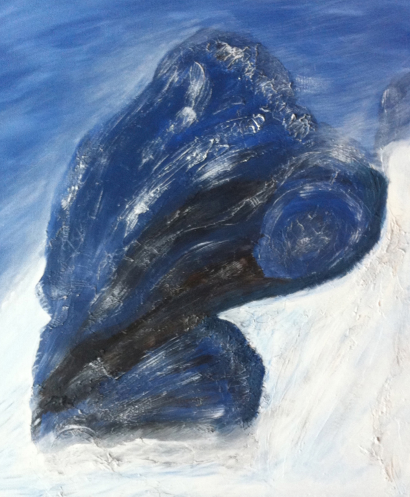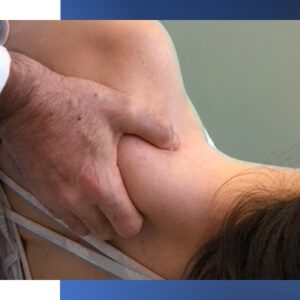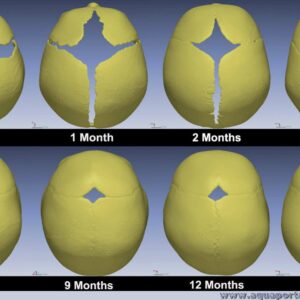Description
2 days; 3 p.m.
Schedule: 9 a.m. to 5.30 p.m.
Everyone knows the importance of the emotional engram in the success of osteopathic treatment. This two-day workshop is aimed at all osteopaths wishing to deepen the osteopathic approach to somato-emotional dysfunction. You will first learn to tell the difference in your hands, between somato-emotional dysfunction and somatic tension. This approach, which combines osteopathy and Focusing, is intended to be non-directive and leaves room for the profound emergence of the meaning and causes of dysfunction, without the participation of the mind. The therapist then becomes a tool by guiding the patient through the resolution of his emotional tensions. More room for judgments, personal filters, interpretations on the part of the therapist and the patient;
Focusing is a bodily psychotherapy approach created by the American Eugene Gendlin in the early 1970s. It is mainly described by an attitude of attention to the feeling, that is to say to what happens in oneself: emotions, kinesthetic sensations as well as visceral perceptions. Gendlin defined the “bodily felt sense”, a bodily sense that the body recognizes and that it can identify and associate with an emotion, a tension or a problem that the person is facing. The results of a clinical trial in a hospital in the United States, demonstrated that Focusing significantly reduced the symptoms of depression and produced a positive body attitude, compared to the control group (Katonah DG, Flaxman J, 2009).
After several years of practice, reflection and learning of the Focusing approach combined with the practice of osteopathy, it is now clear that these two approaches combined, provide a very powerful and effective tool for the osteopath.
During these two days, will be presented:
- An evaluation method, via the fascia, as an additional tool to target lesional primarity, improve diagnostic speed and efficiency in the clinic.
- An introduction to somato-emotional lesions in the fascia.
- A description of the inseparable relationship between the different tensions and their emotional involvement.
- An introduction to a method of verbalization of emotions related to the somato-emotional lesion encountered: a non-directive approach of the “focusing” type centered on the patient.
- Explanations and demonstrations on how to guide the patient during the treatment in order to allow him to release the emotional component, while being a witness and dynamic point of support, so as to maximize the effect of our osteopathic treatments.
- Experimentation with different treatment strategies combining osteopathy and Focusing to meet and respect the patient’s ability.
- A specific treatment methodology for somato-emotional areas.
- The implication of palpation while respecting the tissues during the different types of techniques




